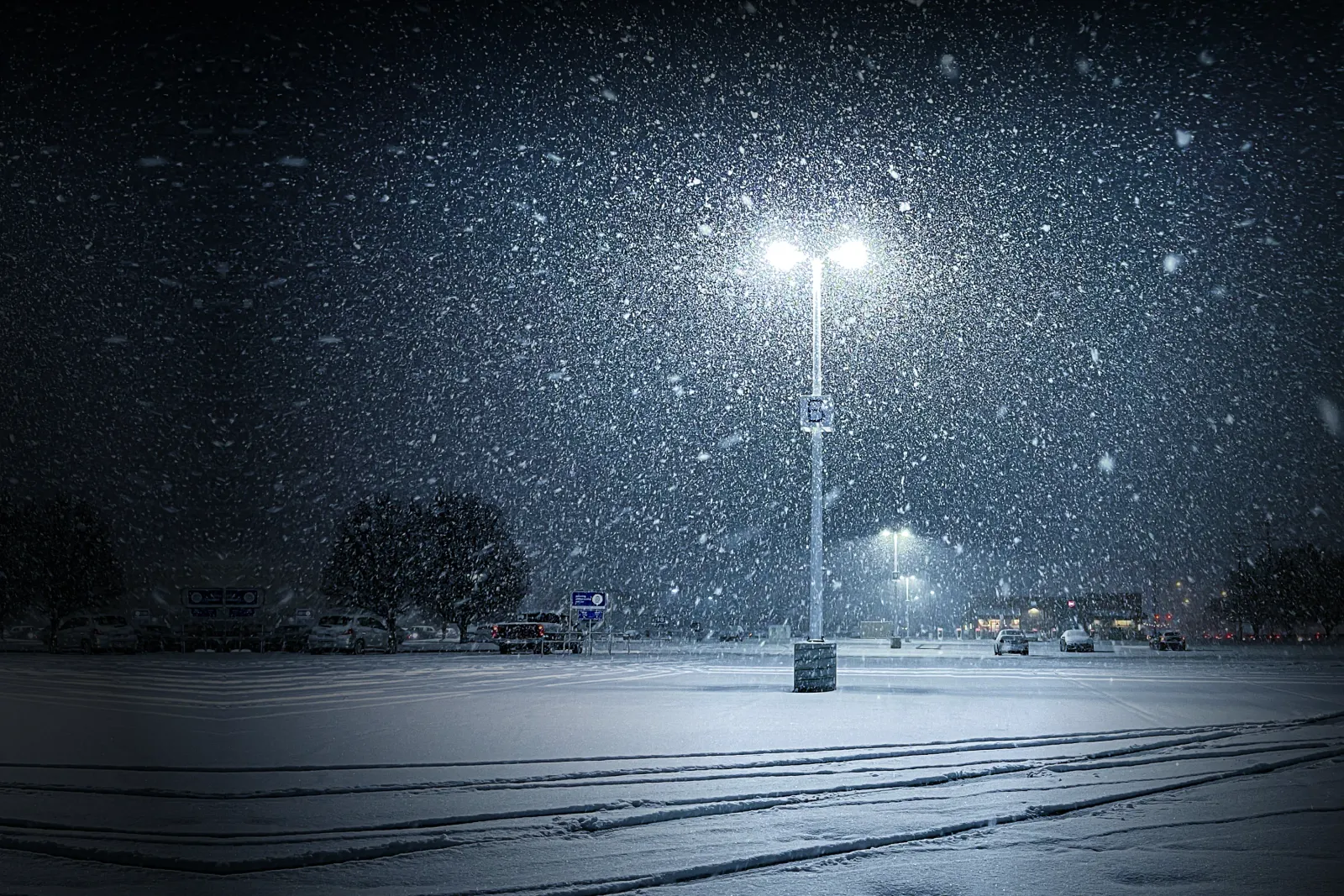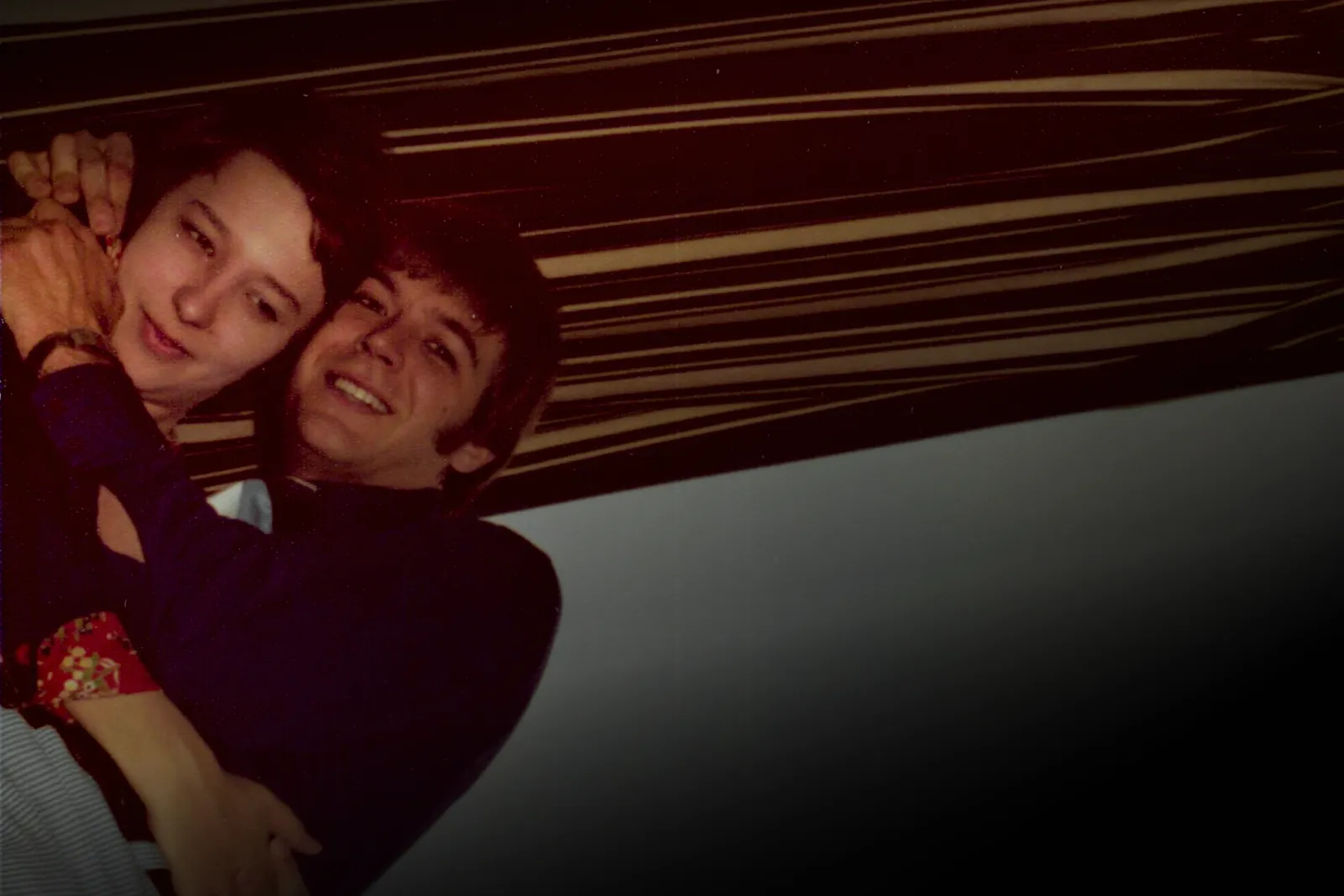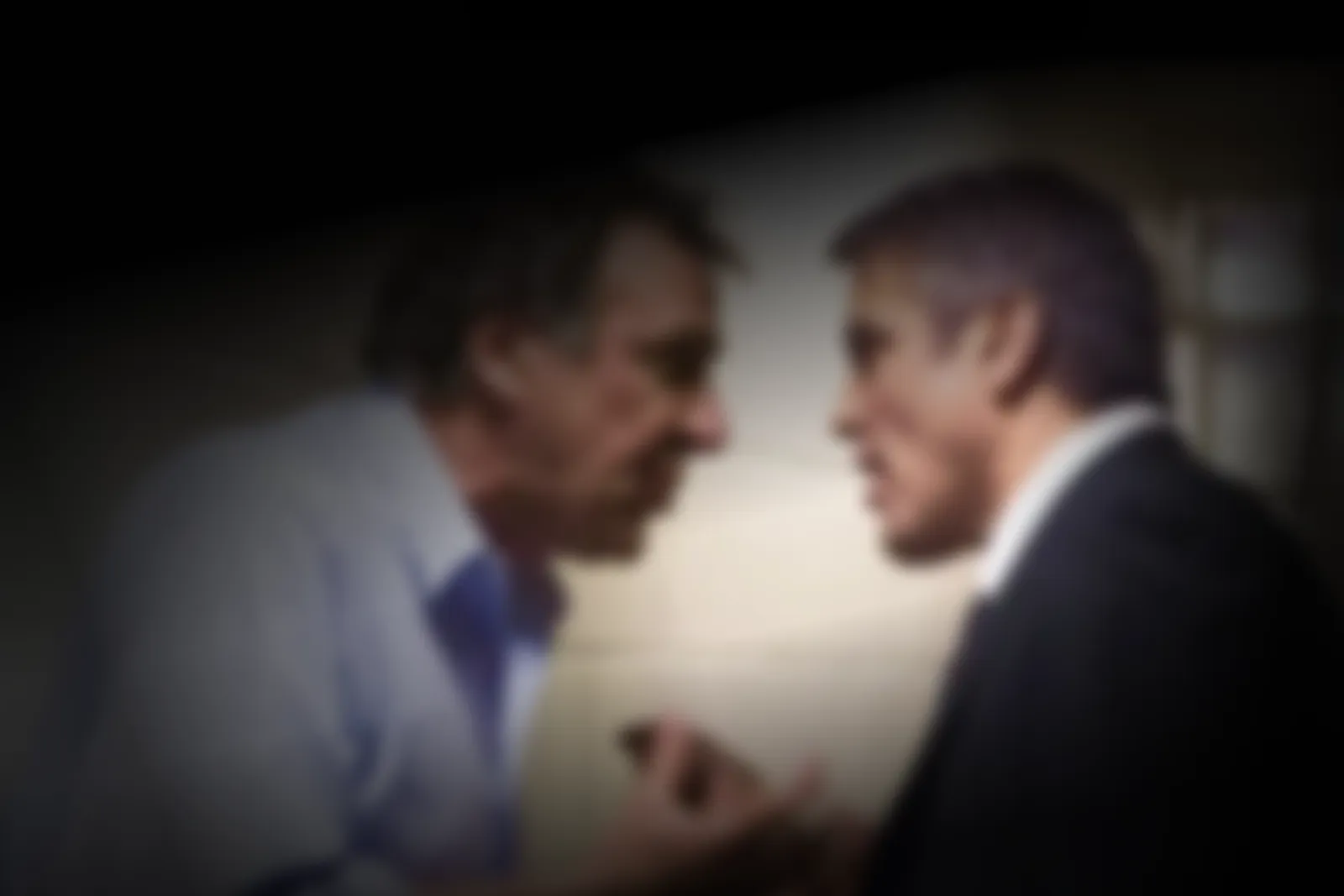1.
The clocks roll back an hour tonight, and it’s my favorite moment of the year. Not only does it bring the night closer, it reminds me that if we can rearrange time, we can do anything we want. Invent new colors. Remove days from the week. Reset the internet to 2009. Have a functional government. Changing the clocks ought to be the year’s biggest holiday with fireworks, parades, and gift-giving.
Because I’m lucky, I get to experience the end of Daylight Saving Time twice this year. When C. and I woke up in Copenhagen last Sunday, we discovered the time had changed in Europe. It was confusing at first, but then came the giddy sensation of temporal slippage, and we felt extra refreshed, knowing we’d gotten a free hour of sleep.
2.

I’m finally learning how to keep a notebook: nothing is sacred and nothing is profane. Let it all blur together, the ruminations and hopeful plans and overheard phrases and client work and memories of my parents and shopping lists and aspirational routines and things to look up later and ideas for new songs to reverberate.
I’m learning to live in the grey. Sort of like the music in my headphones, the waves of hiss and low-frequency drones that muffle the 21st century. Because no matter where I go these days, some jackass is braying into a telephone and terrible music is playing.
But I found some unexpected faith in the human project at the Blue Lagoon in Iceland. Dozens of us bobbed in the steamy water while murmuring to our wives and husbands and children and friends in every kind of English and Cantonese and Portuguese and Arabic and Italian and Korean and languages I did not recognize from Africa, India, and Eastern Europe. Here we all were, at the top of the world in search of a warm place to float around, behaving with peace and decency.
“The people I like most are the ones who are always one sentence away from a laugh,” says C.
3.

In Copenhagen, we spent three days looking at art. We saw a lot of classics, some new favorites, and a fair amount of annoying contemporary work.
Earlier this year in Taiwan, I decided the purpose of art is to create a situation where language falls apart. Copenhagen taught me something more: my favorite artwork offers a question—it inspires possibility and speculation rather than stunting the imagination by bludgeoning the viewer into a specific point of view.
A highlight was listening to heavy rain fall on the skylights of the Louisiana while we looked at some Giacomettis and a Francis Bacon, our reflections merging with theirs in the glass. At the Statens Museum for Kunst, I admired the factual cadence of phrases like “Sirens were bird-women whose music comforted the dead on the way to the underworld,” and at the Glyptoteket, the frozen halls of marble gods from three thousand years ago was soundtracked by the delighted shrieks of riders at a nearby amusement park.
Most of all, I appreciated the sci-fi aesthetic of five-thousand-year-old figurines in glass cases, casting extraordinary reflections beneath the spotlights.
4.
Back in the Middle West, on Thursday nights I sit in the lunchroom of a financial services company with a dozen very different men and together we discuss spiritual books. For the first time, I opened my grandfather’s Bible, which he carried with him through France in World War II. It looks and smells like what you’re imagining: yellowed pages gone red at the edges, a velvety odor of damp and time. How such a ferocious smell can be stored away for so many years, I have no idea, but I feel like I’m in conversation with him when I come upon shakily underlined passages like “And God said to Moses, I am who I am.”
We’re queueing up Simon Critchley’s Mysticism, and I’m already haunted by the proclamation of Madame Guyon, a 17th-century mystic who declared that “God is all mouth.” I imagine a voice howling across time and space, framed by Francis Bacon teeth. (Bacon believed in “an area of the nervous system to which the texture of paint communicates more violently than anything else.” I think he’s right.)
But maybe the best way to survive the twenty-first century is to cultivate an appetite for mutation and strangeness.
5.
Tonight’s soundtrack harmonizes with this idea of time and mutation. Over the past several weeks, I’ve been smudging my favorite mid-century vocals across a heartbeat drum and some loops that were trapped in my delay pedal. The result is an hour-long soundtrack composed for Grace Wang’s photography exhibition, The Heart Has Not Stopped, at Clark Centre for the Arts in Toronto.
“Through dreamlike, layered images created with in-camera multiple exposures on film, Wang evokes fleeting moments of memory and time—an intimate meditation on a world both beautiful and unknowable.” The show runs through November 30. (If you can't make it, you can see some of her work here.)
Grace’s pictures combine the haze of memory with the shock of color and unexpected overlays that edge toward the spectral. I tried to capture this sensation by letting bursts of Patsy Cline, Rebekah Del Rio, Nancy Sinatra, The Platters, Yao Su-jung, Roy Orbison, and other familiar voices gradually unfurl. In addition to these samples, the final track was built from tape loops, pitched-down field recordings, and a couple of selections from the excellent Echospace sound library.
Thank you for listening, and the request lines are open.



